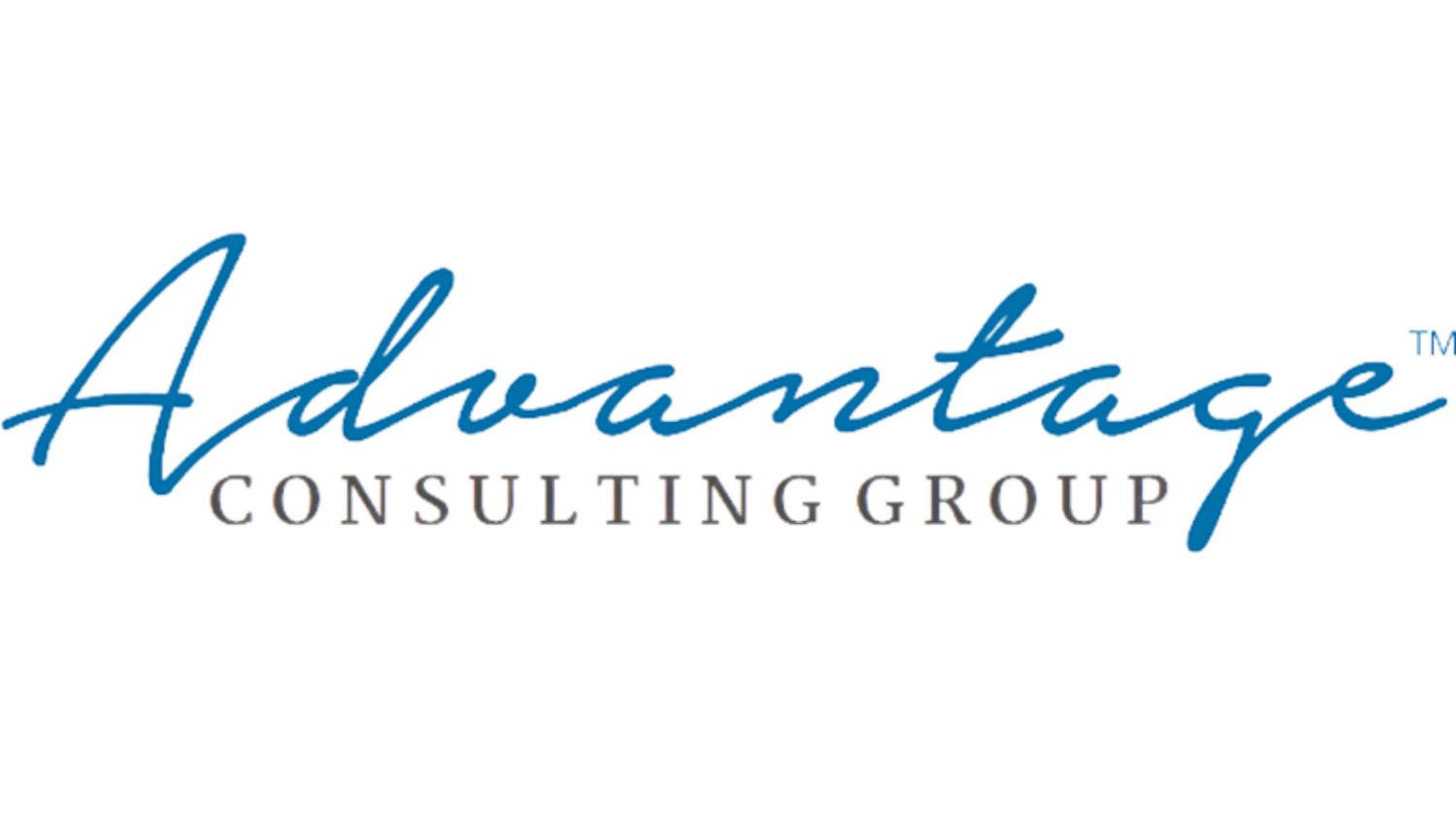In today's dynamic business environment, labor shortages have become a significant challenge across various industries. These shortages can hinder productivity, delay projects, and impact the bottom line. For businesses to remain competitive and efficient, addressing labor shortages effectively is crucial. Here, we explore several strategies that companies can adopt to mitigate the impact of labor shortages and maintain operational continuity.
Embrace Technology and Automation
One of the most effective ways to address labor shortages is to integrate technology and automation into business operations. Automation can streamline repetitive tasks, reduce the need for manual labor, and improve efficiency. Advanced software solutions, robotics, and AI can help companies maintain productivity levels even with a reduced workforce. For instance, automated customer service chatbots can handle inquiries, freeing up human employees to focus on more complex tasks.
Invest in Employee Development
Investing in the development of your existing workforce can bridge the skills gap caused by labor shortages. Upskilling involves training employees to enhance their current capabilities, while reskilling prepares them for new roles within the organization. By providing continuous learning opportunities and career development programs, businesses can create a more versatile and adaptable workforce, capable of taking on various tasks as needed.
Optimize Recruitment and Retention Strategies
Revamping recruitment strategies is essential in attracting and retaining top talent. Creating a strong employer brand, offering competitive compensation packages, and providing a positive work environment are critical components. Utilizing modern recruitment tools, such as applicant tracking systems and social media recruiting, can also help streamline the hiring process and reach a wider pool of candidates.
Employee retention is equally important. High turnover rates can exacerbate labor shortages and disrupt operations. To enhance employee retention, companies should focus on creating a positive work culture, offering professional growth opportunities, recognizing and rewarding performance, and maintaining open lines of communication. Employee satisfaction surveys and regular feedback sessions can also help identify areas for improvement.
Embrace Flexible Work Arrangements
Flexible work arrangements, such as remote work, flexible hours, and part-time positions, can attract a broader range of candidates, including those who may not be able to commit to traditional 9-to-5 jobs. By offering flexibility, businesses can tap into diverse talent pools and improve employee satisfaction and retention. The shift towards remote work, accelerated by the COVID-19 pandemic, has demonstrated that many roles can be effectively performed outside the traditional office setting.
Partner with Staffing Agencies
Staffing agencies can provide immediate access to qualified temporary or contract workers, helping businesses manage short-term labor shortages. These agencies specialize in matching companies with skilled professionals who can fill gaps quickly and efficiently. Partnering with a reputable staffing agency ensures that businesses have a reliable source of talent when needed, allowing for continuity in operations during peak times or when facing unexpected staff shortages.
Foster a Positive Work Environment
Promoting employee well-being is crucial in maintaining a motivated and productive workforce. Providing comprehensive health benefits, mental health support, wellness programs, and a healthy work-life balance can improve overall employee satisfaction and reduce absenteeism. A focus on well-being can also make a company more attractive to potential hires. By fostering a positive work environment, companies can enhance employee loyalty and reduce turnover, mitigating the impact of labor shortages.
Strategic Workforce Planning
Proactive workforce planning involves forecasting future labor needs and developing strategies to meet those needs. By analyzing business goals, market trends, and workforce data, companies can anticipate potential labor shortages and implement measures to address them before they become critical. This includes succession planning, talent pipeline development, and contingency staffing plans. Strategic workforce planning ensures that businesses are prepared to handle changes in labor availability and can continue to operate smoothly.
Navigating Labor Shortages for Long-Term Success
Addressing labor shortages requires a multifaceted approach that combines technology, strategic planning, employee development, and innovative recruitment practices. By embracing technology and automation, investing in employee development, optimizing recruitment and retention strategies, offering flexible work arrangements, partnering with staffing agencies, fostering a positive work environment, and engaging in strategic workforce planning, businesses can mitigate the impact of labor shortages, maintain productivity, and ensure long-term success.
For more insights on optimizing your workforce and improving business efficiency, visit Advantage Consulting Group. Advantage Consulting Group specializes in providing tailored solutions that help businesses navigate the complexities of labor shortages and drive sustainable growth.


